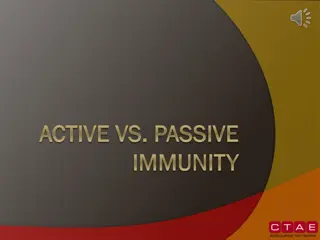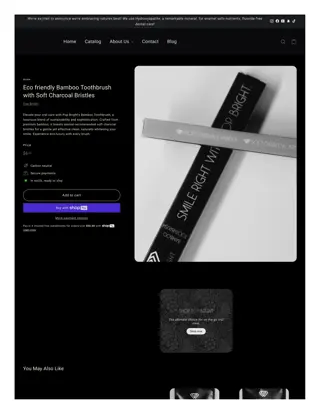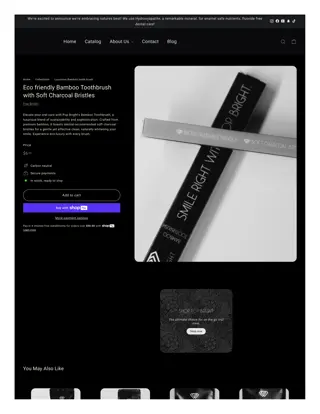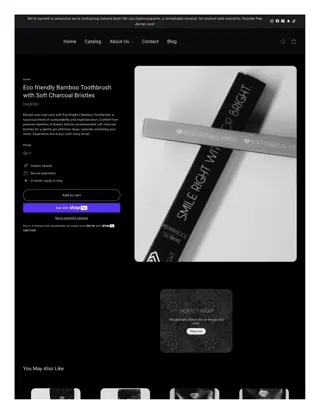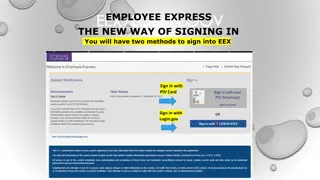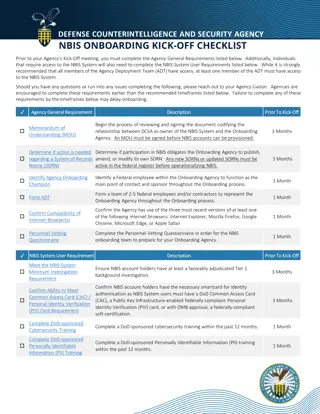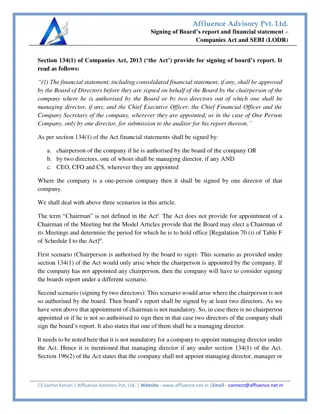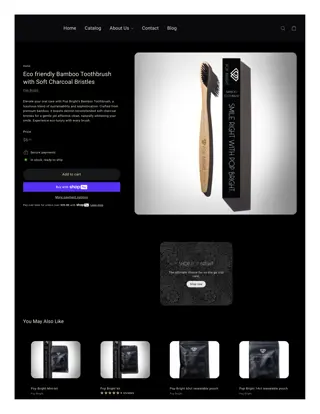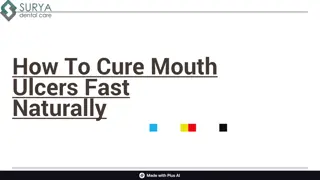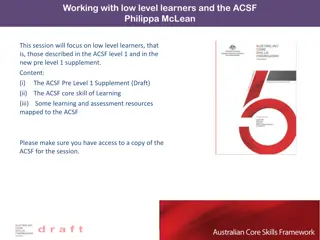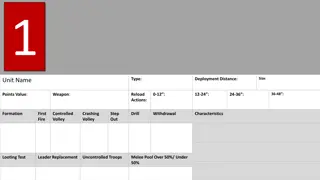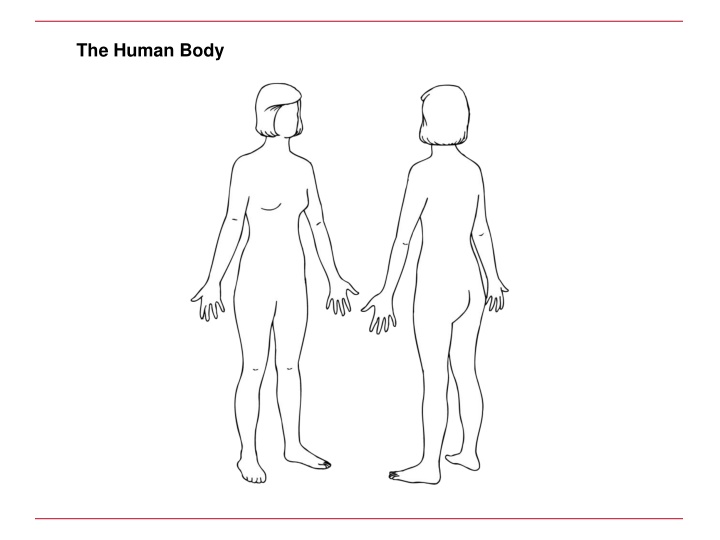
Exploring the Human Body and Common Health Conditions
Discover the intricacies of the human body through images of different systems such as the digestive, circulatory, and respiratory systems. Learn about conditions like hay fever, arthritis, and migraines with detailed descriptions of symptoms, causes, and treatments. Explore a variety of treatment methods and tips for maintaining overall well-being.
Download Presentation

Please find below an Image/Link to download the presentation.
The content on the website is provided AS IS for your information and personal use only. It may not be sold, licensed, or shared on other websites without obtaining consent from the author. If you encounter any issues during the download, it is possible that the publisher has removed the file from their server.
You are allowed to download the files provided on this website for personal or commercial use, subject to the condition that they are used lawfully. All files are the property of their respective owners.
The content on the website is provided AS IS for your information and personal use only. It may not be sold, licensed, or shared on other websites without obtaining consent from the author.
E N D
Presentation Transcript
noun (name of) description shape behavior function
The Muscular/Nervous System
The Reproductive System
Discuss a condition 1. describe symptoms Conditions hay fever arthritis hepatitis A migraine anemia shingles athlete s foot
Discuss a condition 1. describe symptoms 2. describe causes Conditions hay fever arthritis hepatitis A migraine anemia shingles athlete s foot
Discuss a condition 1. describe symptoms 2. describe causes 3. discuss treatment Conditions hay fever arthritis hepatitis A migraine anemia shingles athlete s foot
Treatment Vocabulary apply pressure ointment powder take vitamins or pills a shower weight off use nasal spray a cane topical cream compress get injection or vaccination prescription rid of dust, mold, mildew to rid body of toxins
avoid drinking certain liquids such as coffee and alcohol pets red meat uncooked food food preservatives processed meats MSG massage ( areas ) temples (reflexology points) Soak (parts of body) in water foot hand body
Treatment Phrases change behavior change eating habits cut down on reduce weight, stress, pressure lose weight practice safe sex do not eat eat a diet high in fasting physician s duties blood transfusion may be required surgery may be performed getting an injection medication can be prescribed hypnotic suggestion
purposes/goals to prevent the development of nerve pain to prevent infection to provide relief from nerve pain to control severe symptoms to increase tolerance to certain allergens to increase flexibility to increase mobility to increase iron intake to protect the joints help the patient relax to fight the virus to reduce sharp pain to reduce the burning sensation to relieve symptoms to relieve stress by promoting relaxation
Medication 1. aspirin 2. painkiller Guidelines If the medication is common spell it out, tell how it is taken and its purpose If the medication is uncommon don t spell it out, tell how it is taken and its purpose
Medication 1. painkiller 2. aspirin 3. anti-viral drugs 4. corticosteroids 5. topical cream (capsaicin) 6. vitamin B complex 7. arsenicum and mezereum Guidelines If the medication is common spell it out, tell how it is taken and its purpose If the medication is uncommon don t spell it out, tell how it is taken and its purpose
Conditions hay fever arthritis hepatitis A migraine anemia shingles athlete s foot Discuss a condition 1. describe symptoms 2. describe causes 3. discuss treatment tell if it is curable list treatment options on weak hand
Dialogue Practice Situation: A suspects s/he has a specific kind of health condition and goes to seek the advice of two health-care experts. explain symptoms identify possible condition A: B and C: ask what might be the cause(s) describe possible / known causes A: B and C: ask what s/he should do now suggest different treatments A: B and C: ask questions about treatments to clarify explain A: B and C:
name condition, briefly describe symptoms (use topicalization) describe causes (use rhetorical question) discuss treatment options (use rhetorical question)
Language Features 1. How did Nikki handle this terminologies? Parkinson s disease Movement Chemical Dopamine L-Dopa 2. When did Nikki use role shift? 3. What transitions did Nikki use to begin each segment in her presentation? 4. What sign Nikki use to end each segment in her presentation? 5. Several times throughout the presentation, Nikki established the subject on her dominant (left) hand and then pointed to it with her weak (right) hand. What is the function of this technique?


